当前位置:
X-MOL 学术
›
Chemosphere
›
论文详情
Our official English website, www.x-mol.net, welcomes your
feedback! (Note: you will need to create a separate account there.)
Variability in fish bioconcentration factors: Influences of study design and consequences for regulation.
Chemosphere ( IF 8.1 ) Pub Date : 2019-08-31 , DOI: 10.1016/j.chemosphere.2019.124731
Pim N H Wassenaar 1 , Eric M J Verbruggen 2 , Ellen Cieraad 3 , Willie J G M Peijnenburg 1 , Martina G Vijver 3
Chemosphere ( IF 8.1 ) Pub Date : 2019-08-31 , DOI: 10.1016/j.chemosphere.2019.124731
Pim N H Wassenaar 1 , Eric M J Verbruggen 2 , Ellen Cieraad 3 , Willie J G M Peijnenburg 1 , Martina G Vijver 3
Affiliation
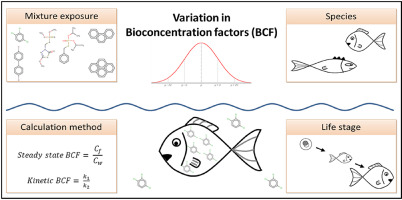
|
The fish bioconcentration factor (BCF) is an important aspect within bioaccumulation assessments. Several factors have been suggested to influence BCF values - including species, developmental stage, mixture exposure, and calculation method. However, their exact contribution to variance in BCF values is unknown. Within this study we assessed the relative impact of these test characteristics on BCF values and analyzed the reproducibility of aquatic exposure bioconcentration tests. Linear mixed effects analyses were performed on a newly develop database to investigate the relationship between the response variable (i.e. lipid normalized log BCF values) and several test characteristics as fixed effects. Lower BCF values were observed for substances that were simultaneously applied with high molecular weight polycyclic aromatic hydrocarbons compared to single substance exposure (with an average difference of -0.81 log BCF). Also, lower BCFs upon kinetic determination were observed compared to steady-state BCFs (log BCF -0.27), and lower BCFs for species from the Ostariophysi subcohort level (log BCF -0.17 to -0.15). In addition, data analysis showed high variation within BCF values for single substances (average SD = log BCF 0.21), which questions the robustness of the current bioaccumulation assessments. For example, the 95% confidence range of a BCF value of 2500 ranges from 953 ('not-bioaccumulative') to 6561 ('very bioaccumulative'). Our results show that the use of one single BCF leads to a high uncertainty in bioaccumulation assessments. We strongly recommend that within future bioconcentration studies, the used experimental design and test conditions are described in detail and justified to support solid interpretation.
中文翻译:

鱼类生物富集因子的变异性:研究设计的影响和监管后果。
鱼类生物富集因子(BCF)是生物富集评估中的重要方面。已经提出了影响BCF值的几个因素-包括物种,发育阶段,混合物暴露和计算方法。但是,它们对BCF值方差的确切贡献是未知的。在这项研究中,我们评估了这些测试特性对BCF值的相对影响,并分析了水生生物浓度测试的可重复性。在新开发的数据库上进行了线性混合效应分析,以研究响应变量(即脂质标准化的log BCF值)与作为固定效应的若干测试特征之间的关系。与单一物质暴露相比,与高分子量多环芳烃同时施用的物质的BCF值较低(平均差异为-0.81 log BCF)。另外,动力学测定发现的BCF与稳态BCF相比较低(log BCF -0.27),而Ostariophysi亚队列水平物种的BCF较低(log BCF -0.17至-0.15)。此外,数据分析显示单一物质的BCF值存在很大差异(平均SD = log BCF 0.21),这质疑了当前生物蓄积评估的稳健性。例如,BCF值2500的95%置信范围为953(“非生物蓄积性”)到6561(“非常生物蓄积性”)。我们的结果表明,使用单个BCF会导致生物蓄积评估的高度不确定性。我们强烈建议在未来的生物浓缩研究中,详细描述所使用的实验设计和测试条件,并为支持可靠的解释提供理由。
更新日期:2019-08-31
中文翻译:

鱼类生物富集因子的变异性:研究设计的影响和监管后果。
鱼类生物富集因子(BCF)是生物富集评估中的重要方面。已经提出了影响BCF值的几个因素-包括物种,发育阶段,混合物暴露和计算方法。但是,它们对BCF值方差的确切贡献是未知的。在这项研究中,我们评估了这些测试特性对BCF值的相对影响,并分析了水生生物浓度测试的可重复性。在新开发的数据库上进行了线性混合效应分析,以研究响应变量(即脂质标准化的log BCF值)与作为固定效应的若干测试特征之间的关系。与单一物质暴露相比,与高分子量多环芳烃同时施用的物质的BCF值较低(平均差异为-0.81 log BCF)。另外,动力学测定发现的BCF与稳态BCF相比较低(log BCF -0.27),而Ostariophysi亚队列水平物种的BCF较低(log BCF -0.17至-0.15)。此外,数据分析显示单一物质的BCF值存在很大差异(平均SD = log BCF 0.21),这质疑了当前生物蓄积评估的稳健性。例如,BCF值2500的95%置信范围为953(“非生物蓄积性”)到6561(“非常生物蓄积性”)。我们的结果表明,使用单个BCF会导致生物蓄积评估的高度不确定性。我们强烈建议在未来的生物浓缩研究中,详细描述所使用的实验设计和测试条件,并为支持可靠的解释提供理由。


















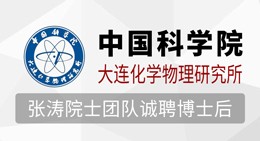
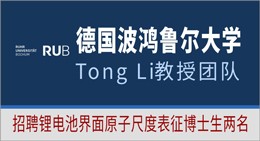

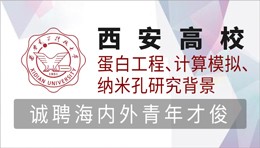


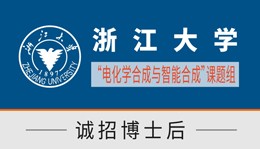
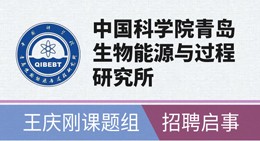

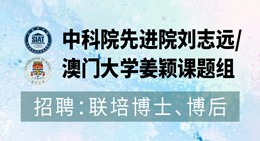



 京公网安备 11010802027423号
京公网安备 11010802027423号